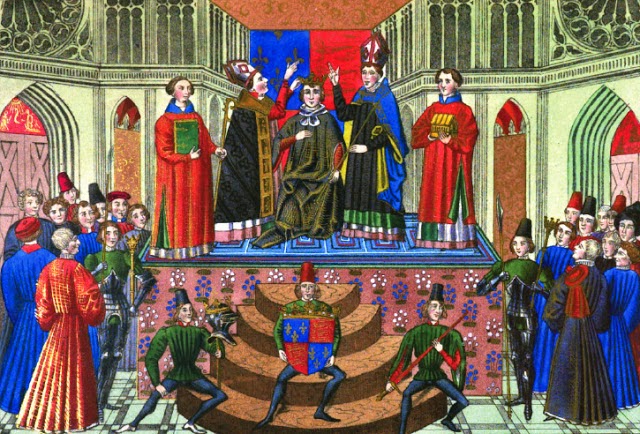HENRY IV OF ENGLAND
LINCOLNSHIRE'S CATHOLIC KING
(BORN AT BOLINGBROKE CASTLE LINCOLNSHIRE
In reality all Kings were Catholic up until the Reformation, but as Henry Bolingbroke is Lincolnshire's only Catholic King the story is worth revisiting for it's Catholic content.
Henry IV (15 April 1367 – 20 March 1413 ) was King of England England France Bolingbroke Castle Lincolnshire England Lancaster
Catholicism
Henry consulted with Parliament frequently, but was sometimes at odds with the members, especially over ecclesiastical matters. On Arundel's advice, Henry obtained from Parliament the enactment of De heretico comburendo in 1401, which prescribed the burning of heretics. In 1410, parliament suggested confiscating church land. Henry refused to attack the Church that had helped him to power, and the House of Commons had to beg for the bill to be struck off the record.
Shakespeare
Henry IV at the Globe Theater, London
Coronation
Significantly, at his coronation, he was anointed with holy oil that had reportedly been given to Becket by the Virgin Mary shortly before his death in 1170; this oil was placed inside a distinct eagle-shaped container of gold. According to one version of the tale, the oil had then passed to Henry's maternal grandfather, Henry of Grosmont, 1st Duke of Lancaster
Death
According to Holinshed, it was predicted that Henry would die inJerusalem
In reality, he died in the Jerusalem Westminster 20 March 1413 during a convocation of Parliament.
Burial & St. Thomas Becket
Despite the example set by most of his recent predecessors, Henry and his second wife, Joan of Navarre, Queen of England, were buried not at Westminster Abbey but at Canterbury Cathedral, on the north side of Trinity Chapel and directly adjacent to the shrine of St Thomas Becket. Becket's cult was then still thriving, as evidenced in the monastic accounts and in literary works such as Chaucer's 'Canterbury Tales', and Henry seemed particularly devoted to it, or at least keen to be associated with it.
Martyrdom of Archbishop of Canterbury Thomas Beckett
Proof of Henry's deliberate connexion to St Thomas St Thomas
.svg.png)




No comments:
Post a Comment